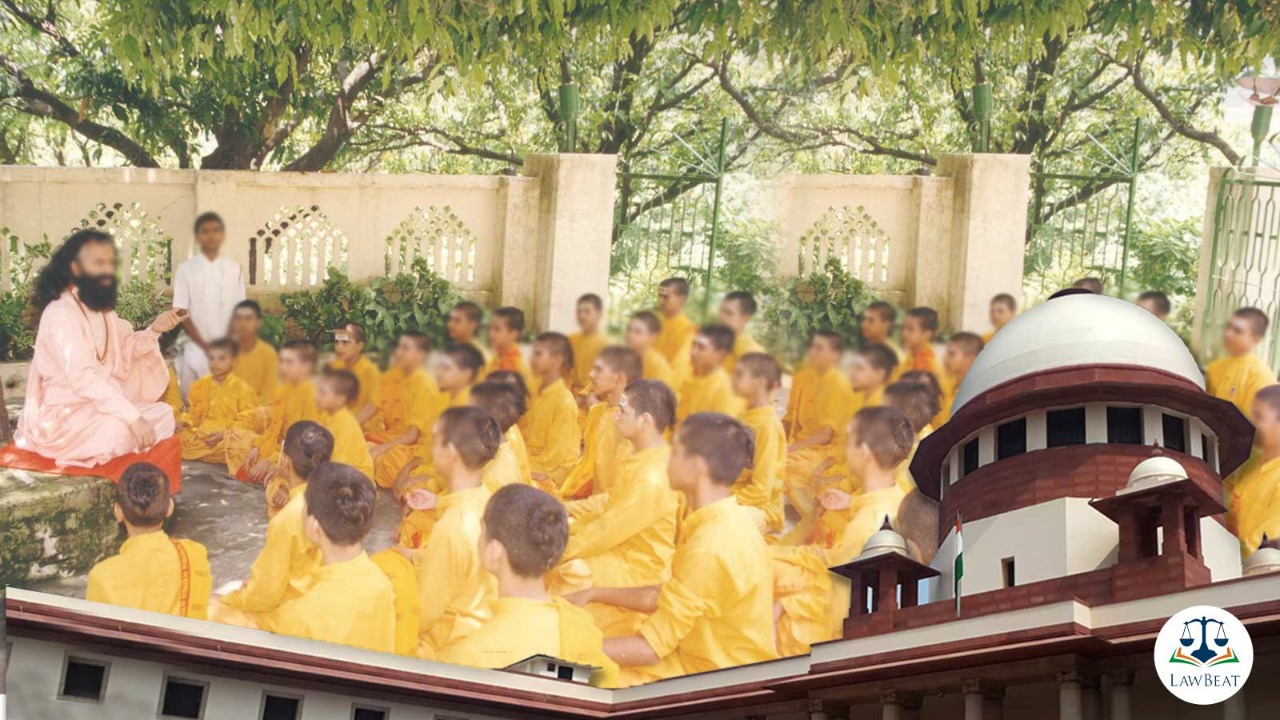Supreme Court dismisses plea seeking Uniform Education Code & recognize Gurukuls, Vedic Schools at par with Madrassas & Missionary Schools

The Supreme Court on Friday dismissed a Public Interest Litigation seeking Uniform Education Code in line with the constitutional provisions and recognition of Gurukuls, Vedic Schools at par with Madrassas & Missionary Schools.
A bench of Justice L Nageswara Rao and Justice BR Gavai said to the petitioner, "You withdraw this and we'll give you the liberty to approach High Court."
Sr. Adv. Ranjit Kumar appearing for Upadhyay submitted, "This is creating a religious impression on the children, 8 to 16 years are very crucial age. There has to be a national curriculum."
The PIL filed by Adv. Ashwini Upadhyay states that Article 29 (Protection of Interest of Minorities) and Article 30 (Right of Minorities to Establish and Administer Educational Institutions) were brought in keeping in view the-then situation and after-effects of the religious partition in mind.
The plea had further sought direction to declare that Hindus, Jains, Sikhs, Buddhists, Jews and Bahais have similar rights to conserve their language, script, and culture, and to establish/ administer educational institutions of their choice like Muslims, Christians, and Parsis.
As per the petitioner, “Separation of religious education has been implemented for majority community but not for minority community and their religious education is treated at par with State Board. While a student of Gurukul-Vedic School is not considered eligible for government job a student of Madrassas-Missionary School is eligible. Certificates issued by Madrassas-Missionary Schools are equivalent to those issued by CBSE-ICSE.”
He further avers in his plea that all citizens should have the right to conserve their language, script and culture and the right to establish and administer educational institutions of their choice. Providing this right to minorities alone can hamper the very essence of secularism.
The PIL also mentions Dr. Ambedkar’s explanation of the implications of using the term 'minority' in his speech which read as –
“The word is used not merely to indicate the minority in the technical sense of the word, it is also used to cover minorities which are not minorities in the technical sense, but which are nonetheless minorities in the cultural and linguistic sense. For instance, for the purposes of this article 23, if a certain number of people from Madras came and settled in Bombay for certain purposes, they would be, although not a minority in the technical sense, cultural minorities.”
Cause Title: Ashwini Kumar Upadhyay vs Union of India
